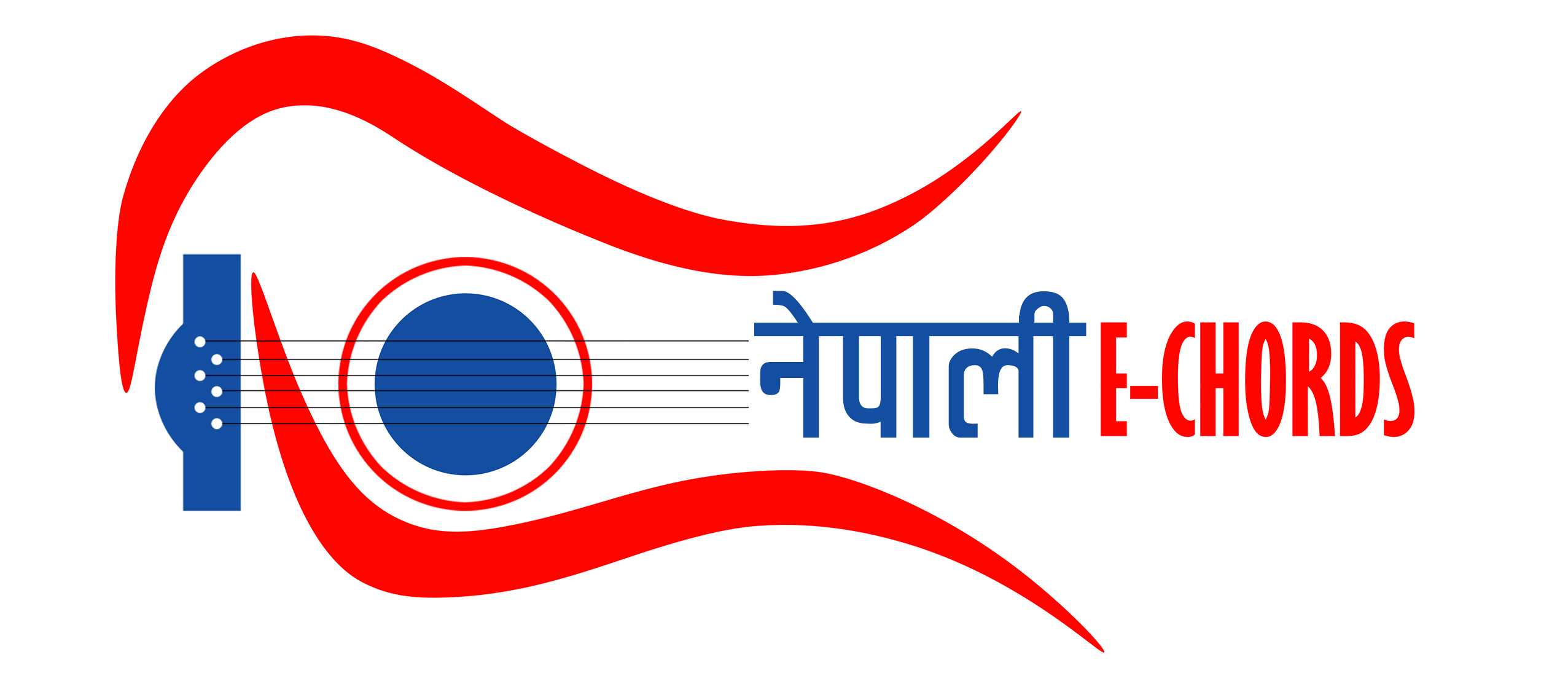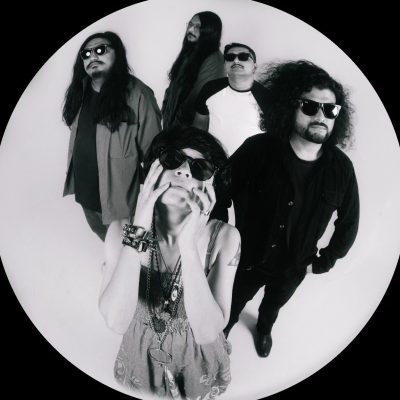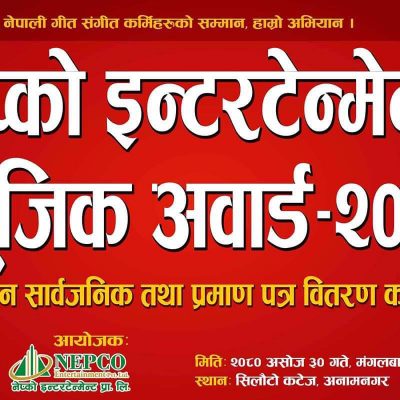You don’t need to read music to play guitar.But there are some basic things like guitar tablature that you need to know inorder to facilitate easy communication and speed up your learning process.
Today we are going to learn how to read a tablature (tab). Before doing so let’s know about it in brief.
Reading a guitar tablature (in short tab) may seem like getting thread into the needle but once you know how to, it is like having your daily breakfast. Guitar tab is nothing but a means of communication for guitarists. It may not be possible to dictate every note to play. So, to convey the information of what to play, we use a graphical notation with numbers hanging on sets of parallel lines.
A guitar tablature is a graphical representation that shows you what string to strike and what frets to hold for creating the intended sound. Generally, the guitar tab runs beneath a standard notation staff. A guitar tab doesn’t show the notes being played (A, Bb,etc). However, it tells you what string to fret and where exactly on the fretboard to fret (press) that string.
Now let’s get started.
In a guitar tab, as shown above, we can see 6 parallel lines running horizontally across the page. Each of the lines represent the strings in your guitar seen upside down i.e. the lowest high E string is at the top and the highest bass E at the bottom.
1. So, the first thing you need to know is the string positions in the tab. Any number on the string implies that the string is to be played. For example a number 2 on the G string line( the third string from top) implies that the 3rd G string is to be played.
2. Now comes the question which fret? The number on the string line represents the fret to be played. For example 2 written on the G string line tells us to play on G string pressed at the 2nd fret.
Some things to know:
1. A guitar tab is read from left to right (like reading a book). Eg: the 2nd fret of G is to be played before the open E in the above tab.
2. 0 on any of the line implies the string to be played open (without fretting or pressing). Eg: In the above figure high E is to be played open.
3. A series of number on the same column implies all the indicated all the indicated things to be played at once. For example: the tab below shows the notes indicated to be played at once as they are on a same line of the column. Here in the tab below the result is a G chord. Chords if played are indicated at the top as shown.
4. The string name on the left indicate the tuning of the guitar which in this case is standard. If any other tuning is used it must be indicated instead.
5. h or ͡ or ^ sign represents a hammer. Eg: 3h4 or 3 ͡ 4 or 3^4 means hammer from the 3rd fret to the 4th.
6. p represents a pull. Eg: 4p3 represents a pull from the 4th fret to the 3rd.
7. b is used for a bend and r for a reverse bend. Eg: 4b6 represents a full bend on 4th fret. 6r4 represents a reverse full bend on the 3th fret. (starting from bend position to normal 4th fret).
8. / – a forward slash indicates slide. Eg: 4/6 represents a slide form 4th fret to the 6th.
9. X sign indicates to play dead string i.e. without pressing on the frets.
10. ̴ or v indicates vibrato.
11. t represents tapping.
12. PM on the top implies playing by muting by the palm (right hand). Eg: PM on the first tab indicates 3h4 to be played muted.
There are many other symbols with their respective meanings. You can find plenty of them on the internet. It will be easy once you know the basics.




